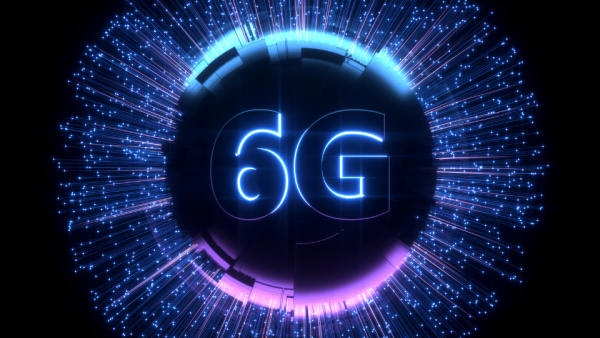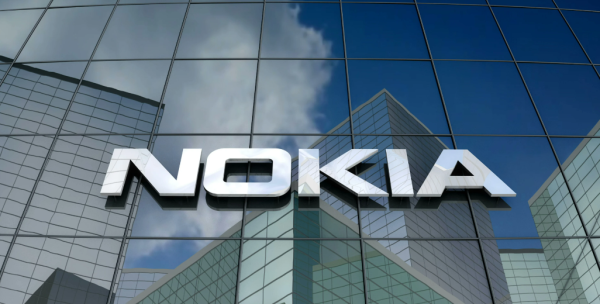Written by Mary Lennighan

Don't get too excited though. While the UN's telecoms body claims the move represents "significant progress" in the creation of global standards for 6G, we're still not a lot closer to knowing exactly what the next generation will bring, or what it will look like.
Nonetheless, it is a step forward – the ITU is officially shooting for a final set of 6G technology standards by the end of the decade – and there is some interesting information in the framework.
Those so inclined can download the full framework here. Essentially, the document, which was approved by the ITU Radiocommunication Assembly (RA-23) at its recent meeting in Dubai, outlines some key technological areas, such as possible spectrum bands, as well as highlighting potential 6G capabilities and use cases.
On the spectrum front, the ITU said it expects IMT-2030 – its reference for 6G – to require multiple frequency ranges to meet capacity and coverage requirements, from sub-1 GHz up to bands above 100 GHz. It is currently developing a report on the technical feasibility of IMT mobile technologies in bands above 92 GHz. This is largely because it foresees new use cases and applications with high data rates and low latency that will need large contiguous bandwidths of tens of GHz, hence the need to look to higher frequency ranges that will complement the lower bands.









